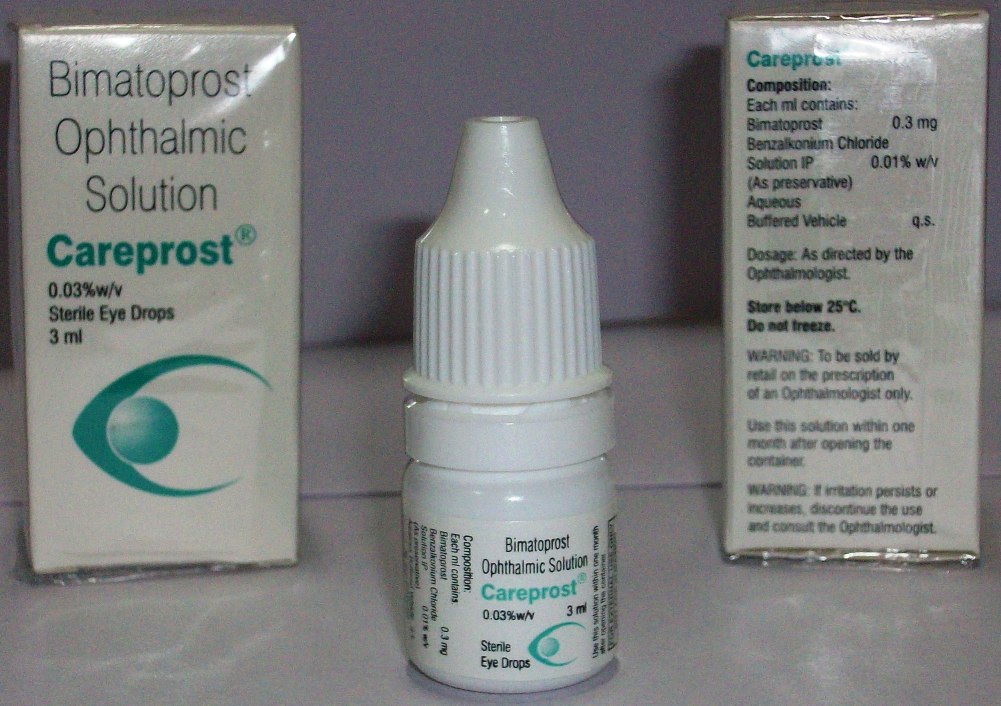Careprost
Bimotoprost 0.03% Eye Drops
Details
Introduction
Bimatoprost 0.03% Eye Drops also known internationally as Lumigan is a medicine used to help reduce the pressure in the eye in adults with glaucoma and high pressure in the eye. It is known in India under the name of Careprost.
How it works
When the pressure in one’s eye is too high, it may lead to damage in one’s eyesight leading to blindness. It works by helping flow inside the eye to the blood.
How to use
Lumigan 0.03% Ophthalmic Solution can be used by adults and children. It can be used by itself or in combination with other eye medicines to control or reduce pressure.
Precautions
Consumers should follow the instructions given by their doctor and use this Bimatoprost 0.03% eye drops regularly to get best results. If you stop using it, the pressure in the eye could increase and also damage your sight. You should never use a bottle if the seal is broken or before you use it for the first time. Make sure to remove the contact lenses if you wear them and wait for at least 15 minutes before putting them back on.
How to use it?
- Always use Careprost in the exact way as your doctor or pharmacist has told you to. Consult with your doctor or pharmacist whenever confused.
- Do not use more than once in a day as the effectiveness of treatment may be reduced.
- Careprost medicine is only to be applied to the eye. The recommended dose of Bimatoprost 0.03% eye drops is 1 drop in the evening daily in the eye that needs treatment.
- If you use it with another eye medicine, waiting at least five minutes between using Careprost and the other eye medicine is suggested by the experts.
Possible side effects
Very common: Affecting the eye, Slight redness, Itchiness, longer eyelashes
Common: An allergic reaction in the eye, Sensitivity to light, Darker skin color around the eye, Tired eyes, Darker eyelashes, a feeling that something is in your eye, Sticky eyes, Darker iris color, Difficulty in seeing clearly, Irritation, Burning, Inflamed, red and itchy eyelids, Dryness, Worsening of vision, Blurred vision, Swelling of the see-through layer which covers the surface of the eye, Small breaks in the surface of the eye, with or without inflammation, Affecting the body, Headaches, etc.
Uncommon: Cystoid macular oedema, Inflammation within the eye, Retinal bleeding, Skin redness around the eye, Nausea, Dizziness, Swollen eyelids, Eyelid twitching, Eyelid shrinking, moving away from the surface of the eye, Weakness, Hair growth around the eye, etc.
Not known: Ocular discomfort, Eyes appear sunken, Asthma, Worsening of asthma, Shortness of breath, Worsening of the lung disease called chronic obstructive pulmonary disease (COPD), etc.
